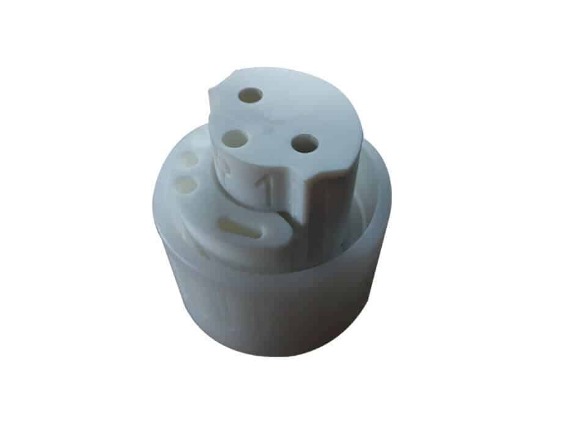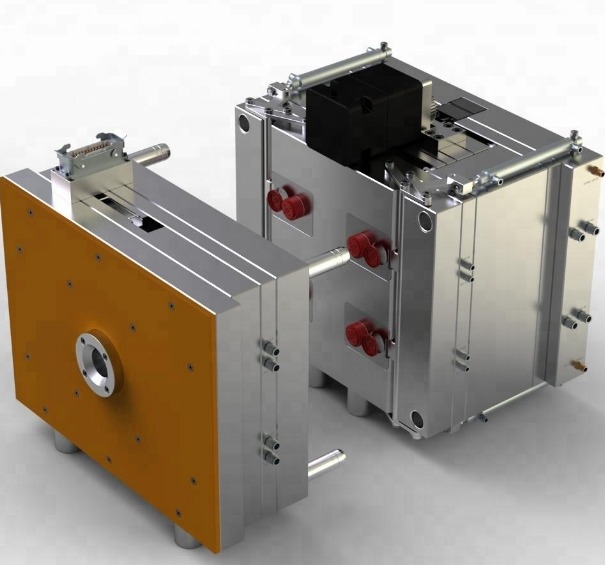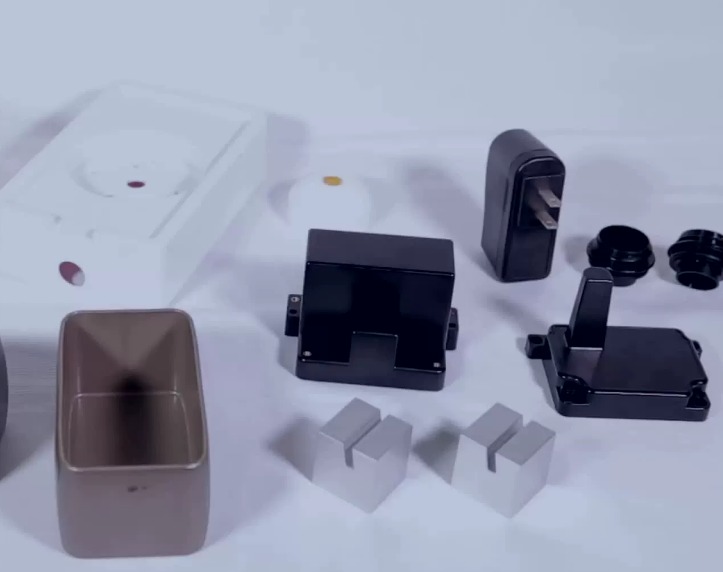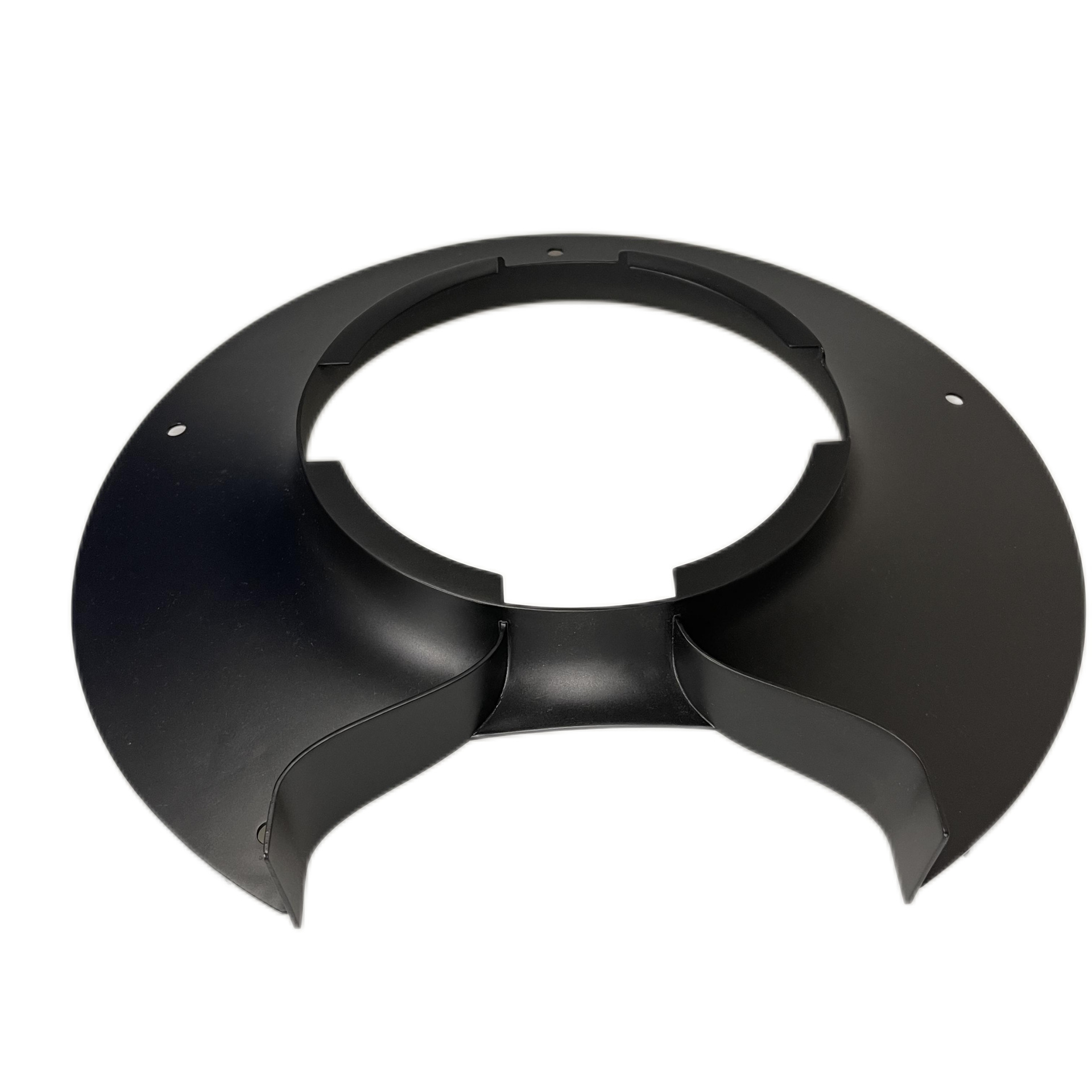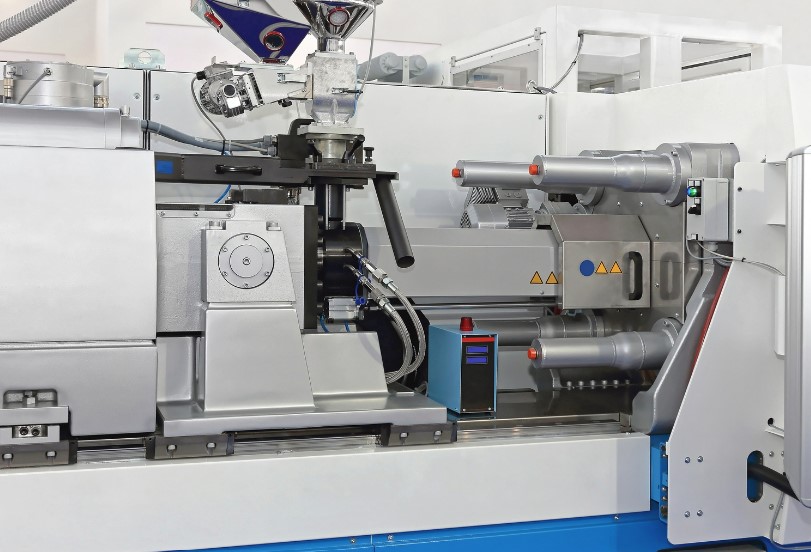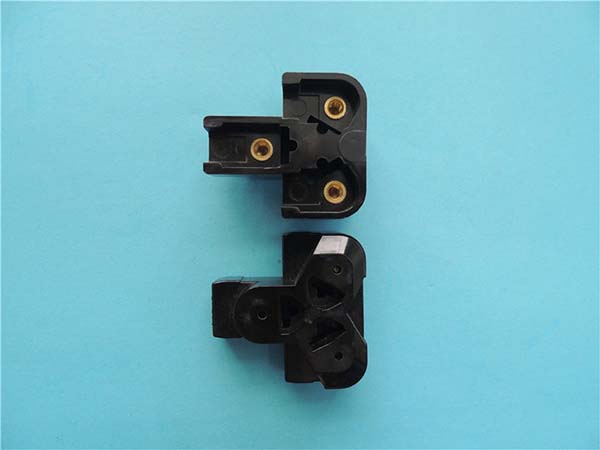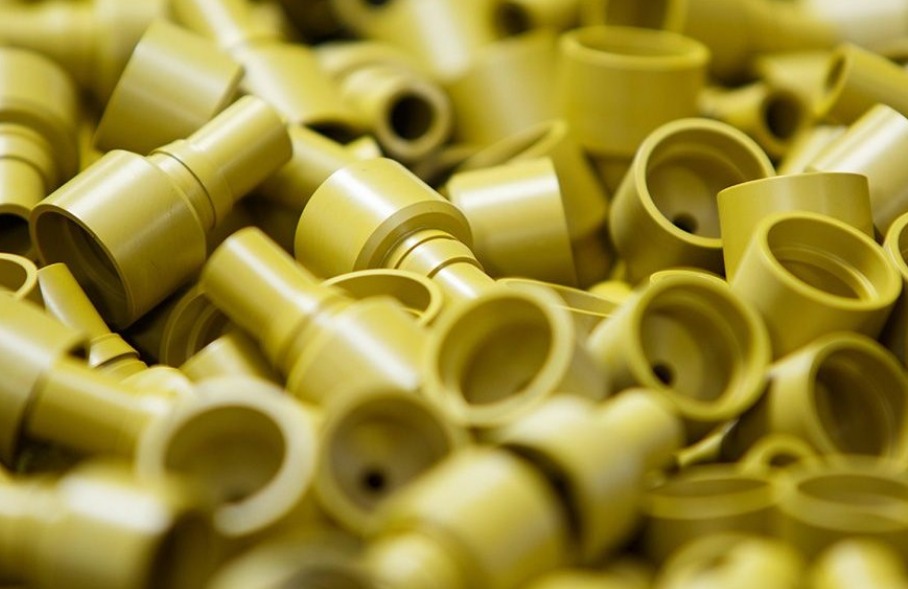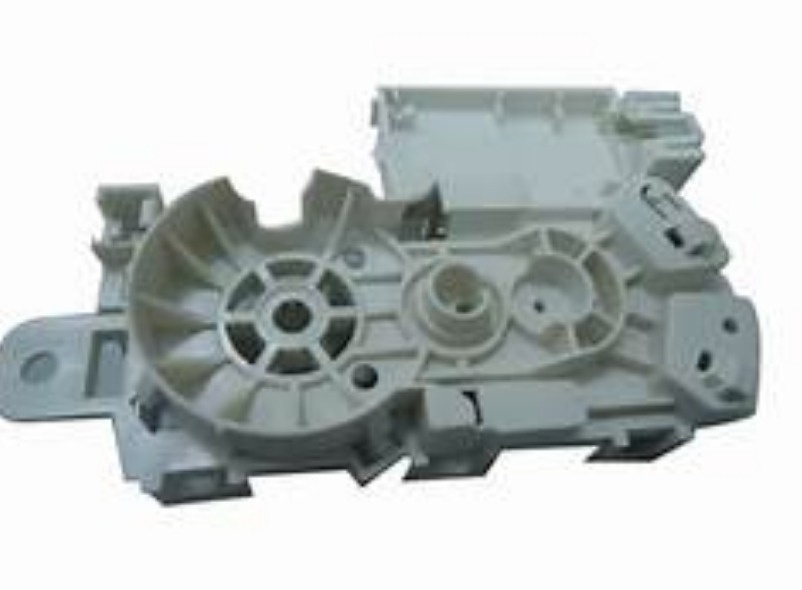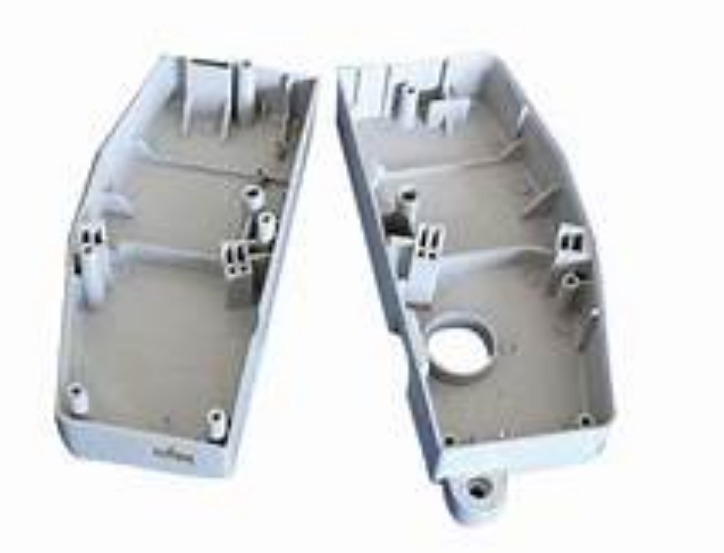Introduction
What is Multi-Color Injection Molding Process?
Multi-Color Injection Molding Process is an advanced manufacturing technique that involves injecting multiple colored plastic materials into a single mold. This process allows for the creation of plastic products with multiple colors, patterns, and textures in a single production cycle. Instead of post - processing or assembly to add color, the colors are integrated directly during the molding process. For example, in a two - color injection molding, the first color of molten plastic is injected into the mold cavity. After a certain stage, the second color is introduced, either overlapping or adjacent to the first color. This can be achieved through the use of specialized injection molding machines equipped with multiple injection units and complex mold designs. The mold might have movable cores, slides, or special gates to control the flow and placement of each color.
Importance in Modern Manufacturing
In modern manufacturing, the Multi - Color Injection Molding Process holds significant importance. Enhanced Visual Appeal: Products with multiple colors are more eye - catching. For instance, in the consumer electronics industry, multi - colored smartphone cases can attract more customers compared to plain, single - colored ones. According to a market research study, products with enhanced visual appeal can increase consumer interest by up to 30%. Increased Product Uniqueness: It enables manufacturers to create unique and distinguishable products. In the toy industry, multi - colored toys stand out on store shelves. This uniqueness gives companies a competitive edge in the market. Cost - Efficiency in the Long Run: Although the initial setup costs for multi - color injection molding, such as mold design and machine modification, can be high, in the long term, it can save costs. By eliminating the need for secondary coloring operations like painting or assembly of different colored parts, it reduces labor and material waste. A case study of a leading automotive parts manufacturer found that by adopting multi - color injection molding for interior components, they reduced production costs by 15% over a year.
Advancements in Multi-Color Injection Molding Process
Advancements in Multi - Color Injection Molding Process
Technological Innovations
In recent years, there have been remarkable technological innovations in the Multi - Color Injection Molding Process. One of the most significant advancements is the development of new - generation injection molding machines. These modern machines are equipped with advanced control systems that can precisely regulate the injection volume and time of different colored plastics. For example, some high - end injection molding machines use servo - motor - driven injection units. They can control the injection volume of each color with an accuracy of ±0.1 grams. This high - precision control ensures that the color distribution in the final product is consistent batch after batch.
Moreover, the integration of sensors and real - time monitoring systems has further enhanced the process. Sensors can detect the temperature, pressure, and flow rate of the molten plastic during injection. In a multi - color injection molding of a smartphone back cover, sensors can monitor the flow front of each color to prevent color - mixing issues at the interface. If any deviation is detected, the control system can automatically adjust the injection parameters to maintain the quality of the product.
Material Developments
The development of plastic materials has had a profound impact on the Multi - Color Injection Molding Process. New plastic materials with improved properties have emerged, greatly enhancing the color stability and compatibility in multi - color molding. For instance, some specialized polymers have been developed to have better resistance to heat and light during the injection process. This means that the colors of the plastic parts will not fade or change over time, which is crucial for products like outdoor furniture or automotive exterior components.
In addition, the development of compatible plastic materials has solved the problem of adhesion between different colored layers. Previously, there were challenges in ensuring that different colored plastics bonded well together. Now, with new materials, the inter - layer adhesion strength has increased by up to 30% in some cases. This allows for more complex and durable multi - colored product designs. For example, in the production of multi - colored plastic toys, the improved adhesion ensures that the different colored parts do not separate during normal use.
Design and Tooling Improvements
Mold design and manufacturing techniques have also seen significant improvements. The application of multi - cavity molds and rotatable molds has greatly increased production efficiency and product quality. Multi - cavity molds can produce multiple identical multi - colored parts in a single injection cycle. For example, a mold with 8 cavities can produce 8 multi - colored plastic buttons at once, reducing the production time per unit by a factor of 8 compared to a single - cavity mold.
Rotatable molds, on the other hand, enable more complex color - layering and pattern - making. They can rotate the partially - molded part within the mold to expose different surfaces for the injection of additional colors. This is particularly useful for creating products with 360 - degree color patterns, such as some high - end cosmetic packaging. The use of computer - aided design (CAD) and computer - aided manufacturing (CAM) in mold design has also made it possible to create highly intricate mold geometries with tight tolerances, ensuring the precise placement of each color in the final product.
Yigu Technology's Perspective
As a non - standard plastic metal products custom Supplier, Yigu Technology deeply appreciates the value of the Multi - Color Injection Molding Process. With years of experience in the field, we understand that precise process control is the key to producing high - quality multi - colored products. Our team of experts is proficient in operating advanced injection molding equipment and is well - versed in the latest mold design techniques.
We place great emphasis on quality control. From the selection of high - quality plastic materials to the strict monitoring of each injection cycle, every step is carefully supervised. This ensures that the final products not only meet but exceed our customers' expectations in terms of color accuracy, durability, and overall appearance.
Moreover, we are constantly exploring innovative applications of the Multi - Color Injection Molding Process. By collaborating closely with our customers, we strive to turn their unique ideas into reality, whether it's creating a new product with a complex color pattern or improving an existing design. We believe that our ability to adapt to diverse customer needs and provide customized solutions sets us apart in the market.
FAQ
What are the key factors to consider when choosing materials for multi - color injection molding?
When choosing materials for multi - color injection molding, several key factors need to be considered. Compatibility: The materials must be compatible with each other to ensure good adhesion between different colored layers. For example, if using two different types of plastics, they should have similar chemical structures. A mismatch in compatibility can lead to delamination of the colored layers. Shrinkage Rate: Different materials have different shrinkage rates during cooling. If the shrinkage rates of the multi - colored materials vary significantly, it can cause warping or distortion of the final product. For instance, a material with a high shrinkage rate combined with one with a low shrinkage rate may result in uneven surfaces. Color Stability: The materials should maintain their color integrity during the injection molding process, which involves high temperatures. Some materials may fade or change color when exposed to heat, so choosing heat - stable colorants and materials is crucial for consistent color output.
How can we ensure accurate color matching in multi - color injection molding?
To ensure accurate color matching in multi - color injection molding, several methods can be employed. Use High - Precision Color Matching Systems: These systems use advanced algorithms and color databases to precisely calculate the proportion of colorants needed to achieve the desired color. For example, spectrophotometers can measure the color of a sample and compare it with a target color, providing accurate data for colorant adjustments. Strict Process Parameter Control: Temperature and pressure during injection molding can affect color appearance. Maintaining consistent temperatures within ±2°C and pressure variations within ±5% can help ensure that the color of each batch remains the same. Higher temperatures might cause the colorants to degrade or disperse differently, leading to color variations. Regular Calibration and Monitoring: Regularly calibrating the injection molding equipment and color measurement tools is essential. Calibration ensures that the equipment operates within the correct parameters, and monitoring allows for the early detection of any deviations in color, enabling timely adjustments.
What are the typical applications of multi - color injection molding?
Multi - color injection molding has a wide range of typical applications. Automotive Interior Components: Such as dashboard trims, door handles, and steering wheel accents. Multi - colored designs can enhance the aesthetics and brand identity of the vehicle. For example, a luxury car might use multi - color injection molding to create elegant and unique patterns on its interior components. Consumer Electronics: Products like smartphone cases, tablet covers, and gaming controllers benefit from multi - color injection molding. It can make these products more visually appealing and stand out in the market. A trendy smartphone case with multiple colors can attract more consumers. Home Appliances: Appliances like kitchen utensils, mixer knobs, and coffee machine parts can be made more attractive with multi - color injection molding. A multi - colored kitchen utensil set can add a pop of color to a kitchen. Toys and Sporting Goods: Toys with multi - colored parts are more engaging for children, and sporting goods like sports equipment grips can be made more comfortable and visually appealing. A multi - colored basketball can be more eye - catching during play.
